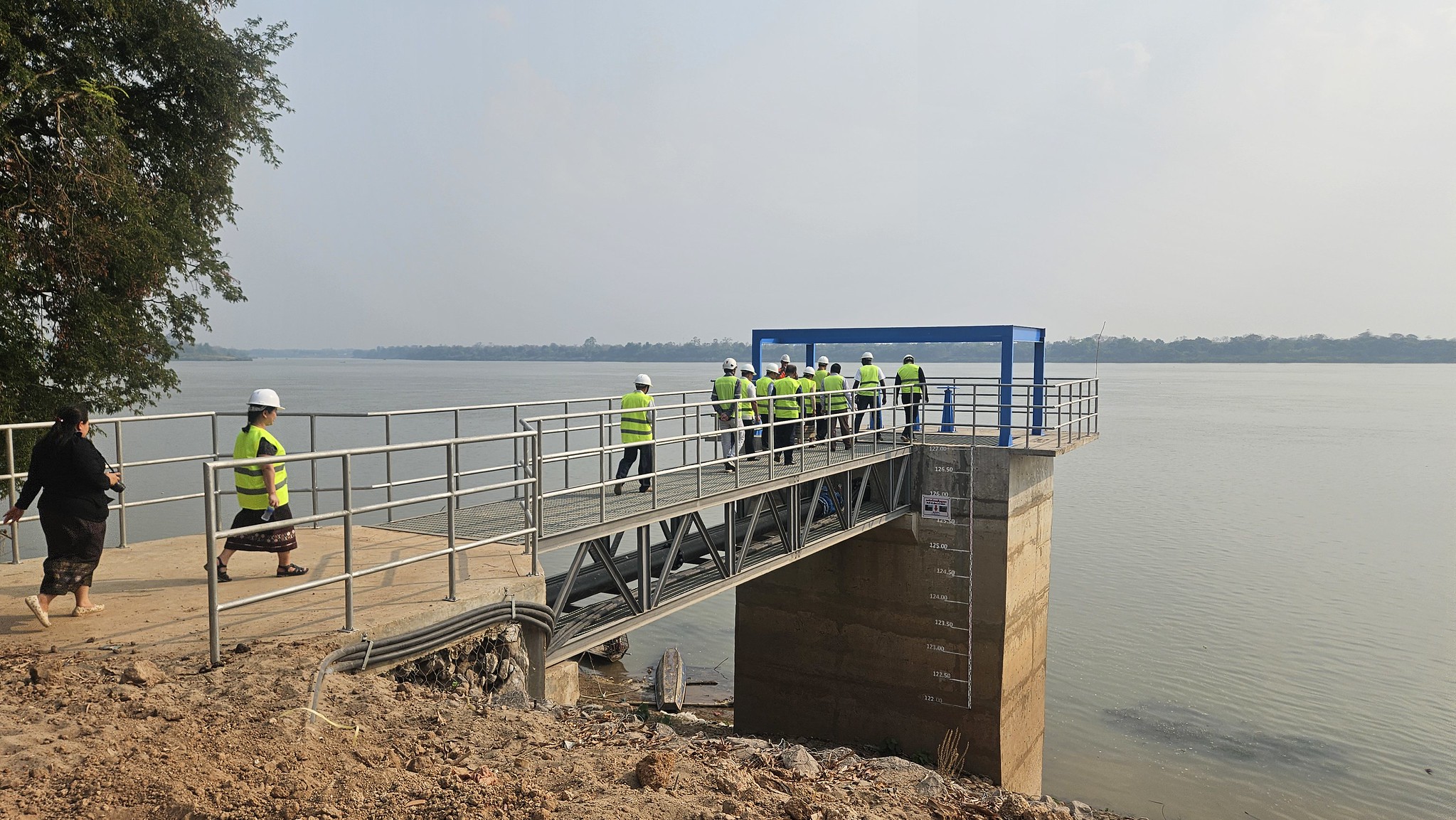Community-first approach to rural water infrastructure in Lao PDR transforming daily life and setting global benchmark for climate-resilient development.
For 78-year-old Mrs. Souli Kaeosaiyaphet, who lives in a remote village in Attapeu Province of the Lao People’s Democratic Republic (PDR), each day used to start with a difficult chore. She walked for an hour across rough ground just to get water, and carrying the heavy, sloshing containers back home often took up half her day.
“It took so much time,” she recalls. “Sometimes there wasn’t even enough energy left to work.”
Her experience reflects a broader reality. In Lao PDR provinces such as Attapeu, Sekong, and Saravane, water has long been more than a basic necessity. It is a vital lifeline. However, with climate change causing increasingly unpredictable rainfall, prolonged droughts, and more intense flooding, even this essential resource has become unreliable.
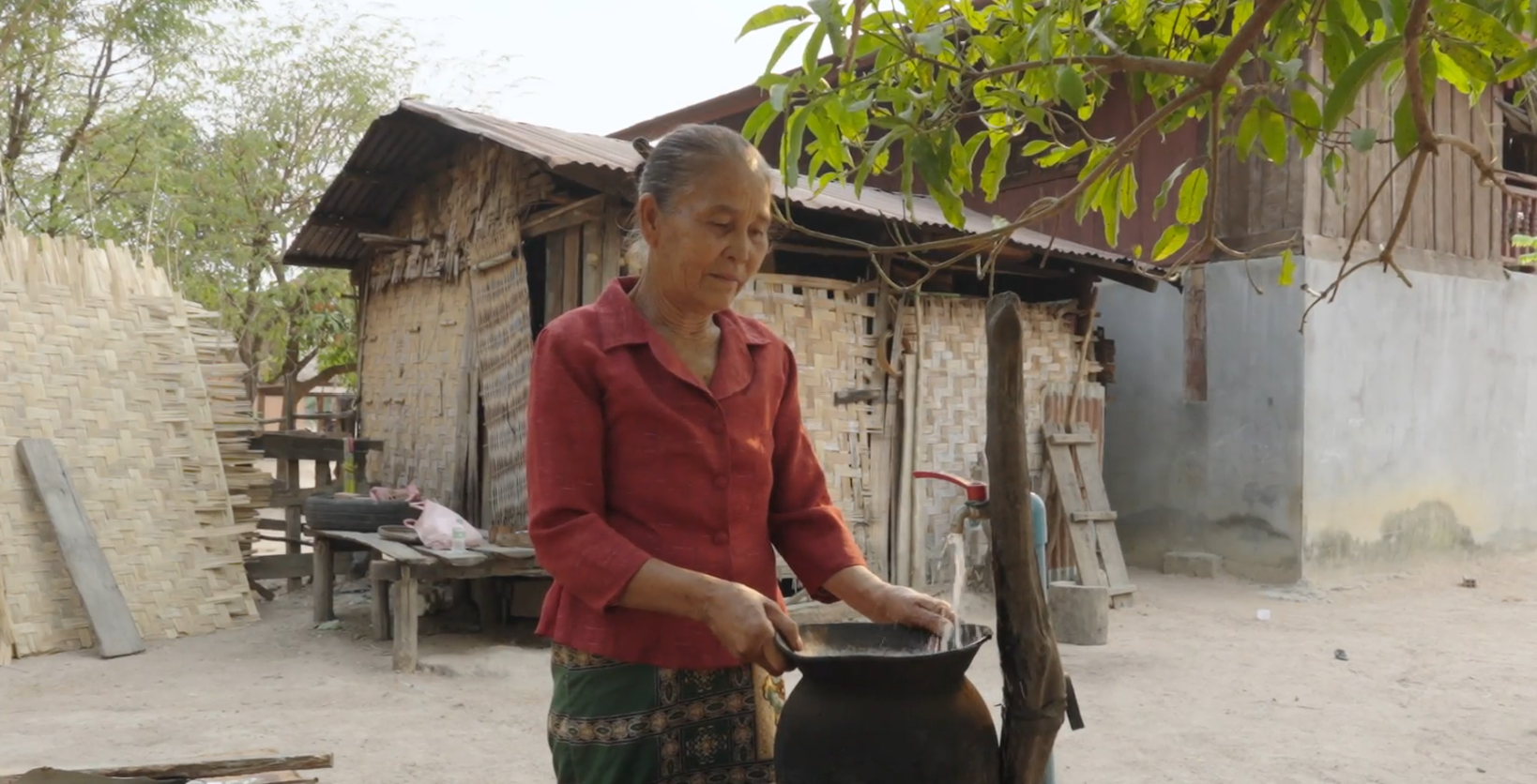
No longer burdened by long walks to fetch water, 78-year-old Mrs. Souli Kaeosaiyaphet now enjoys easy access to clean water right in her backyard in Sanxay, Attapeu Province, Lao PDR.
New Chapter of Resilience
Today, life in Souli’s village has changed in remarkable ways. Clean water now flows just steps from her home, and her garden thrives. It is a clear sign of the time and energy she has regained from no longer making long, exhausting treks to fetch water. Most meaningfully, she played an active role in designing the very system that made this transformation possible.
“Now, everything is more convenient,” she says. “We can grow vegetables, look after our homes, and truly care for our families without the constant worry of where the next drop will come from.”
Souli’s experience is shared across five provinces, where more than 185,000 people are benefiting from two Adaptation Fund projects. What sets these initiatives apart is not only their reach but also their focus on local voices, enabling people to shape the solutions that build a stronger and more resilient future.
Designed by Communities, for Communities

Community members take part in local planning to co-design climate-resilient solutions—boosting livelihoods, well-being, and long-term resilience.
Implemented by UN-Habitat and national partners, the projects began by listening. Through Lao PDR’s first village-level integrated climate risk assessments, local communities identified their own needs and priorities.
“Our aim isn’t to offer one-time assistance,” explains Mr. Avi Sarkar, Head of UN-Habitat in Lao PDR. “It’s about fostering lasting change by empowering communities with a sense of ownership and strengthening their technical skills.”
The impact spans 189 villages across Salavan, Sekong, and Attapeu, now benefiting from small-scale, climate-resilient water systems. Two large water treatment plants in Savannakhet Province will soon serve nearly 57,000 more residents.
Empowering Women as Change Agents
The project’s commitment to gender equality has been transformative, earning top-three recognition in the 2025 UN-Habitat Gender Awards. Nearly half of all beneficiaries are women, but their role extends far beyond being recipients of support.
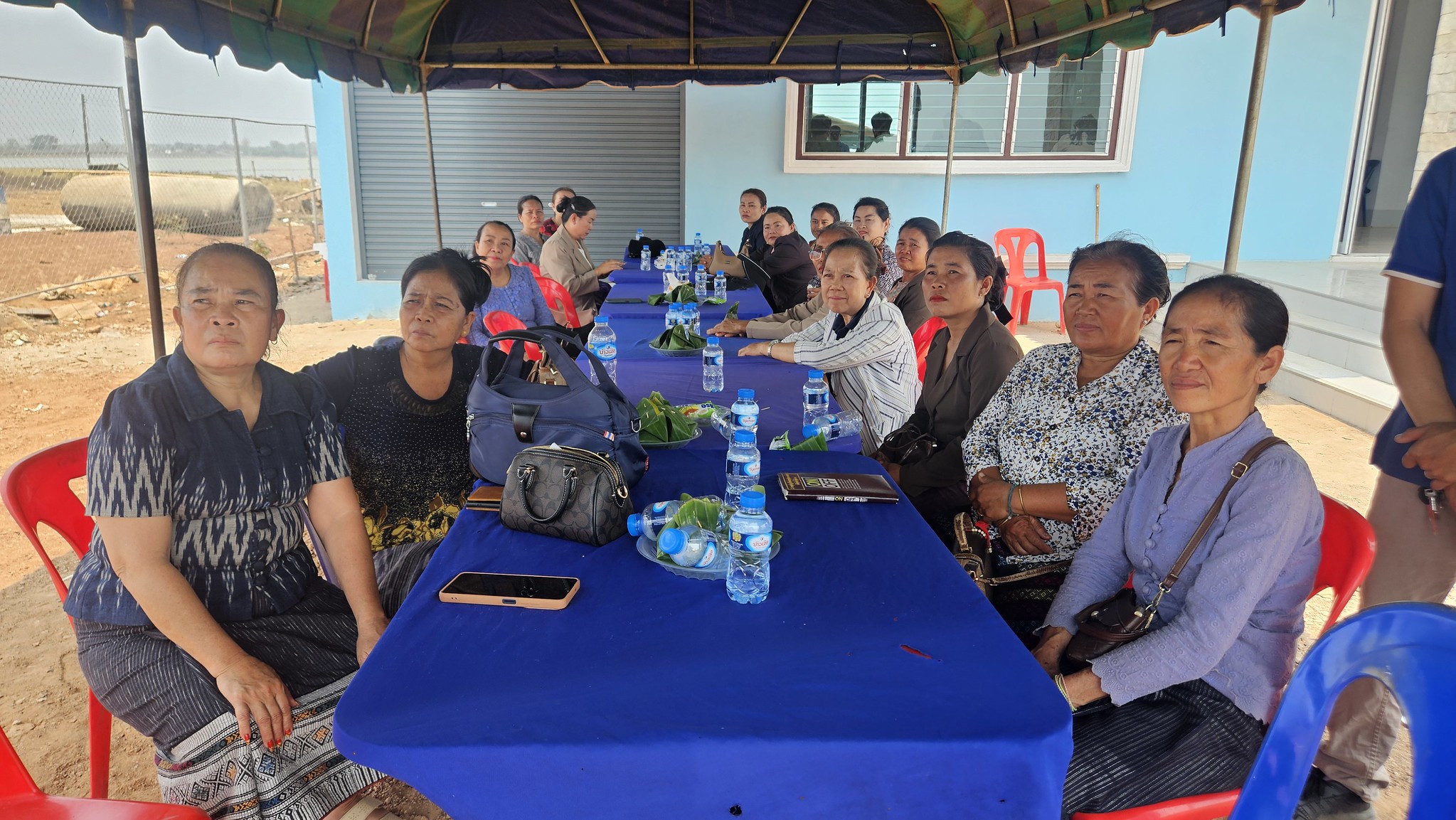
Empowered women lead project development in Sayphouthong District, Savannakhet Province, Lao PDR, actively shaping climate-resilient solutions and driving community-wide change.
Women were central to shaping climate solutions, assessing environmental and social risks, and determining mitigation actions. Their involvement ensured that solutions responded to the practical realities of households and communities.
Ms. Soukaew Khambounmy, President of the Women’s Association in Sanxay Village, reflects on community-driven development. “From the very beginning, we were involved. We attended meetings, shared our ideas openly, and actively took part in decision-making. We even reviewed the technical designs to make sure they truly suited the rhythm of our daily lives.”
With reliable water access, women have reclaimed precious time from daily collection routines. They’re now starting small businesses, planting gardens, and taking on leadership roles in water management groups. Children can attend school more regularly, creating positive impacts that strengthen entire communities.
Innovation Through Science and Local Knowledge
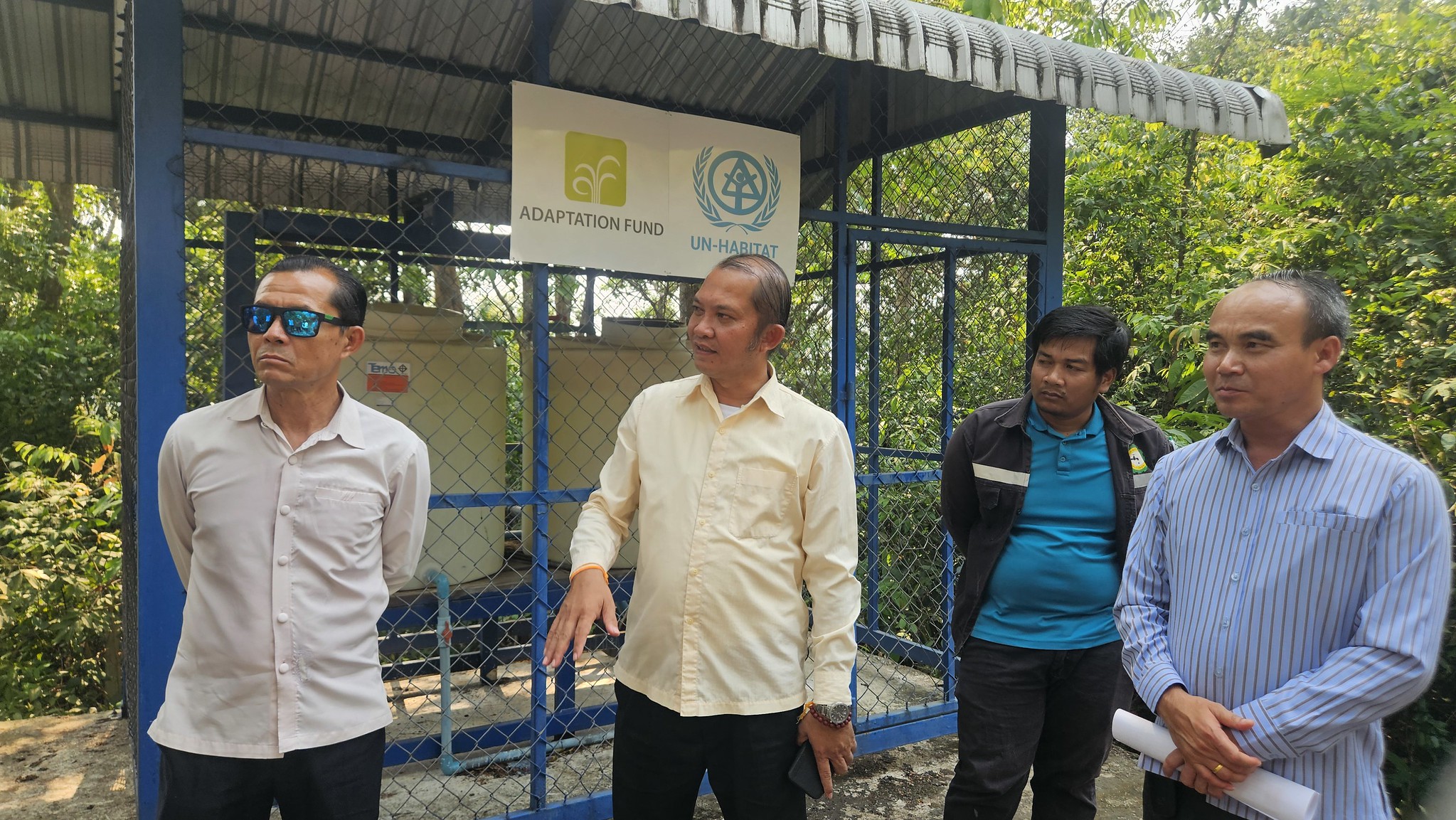
Technicians and local community leaders in Sanxay, Attapeu Province, discuss the design and function of a new water structure, highlighting how local knowledge and technology come together to support sustainable water access.
The project further pioneered the Climate Risk and Vulnerability Assessment (CRVA) model—the first of its kind in Lao PDR. This innovative tool combined climate data, geospatial mapping, and participatory surveys to rank 189 villages by vulnerability — taking age, gender, and disability into account.
“By involving communities in the data process, we ensured our solutions were both scientifically sound and socially relevant,” explains Mr. Sarkar.
To make the data usable, the project developed an interactive hazard dashboard, helping local planners visualize risks and prioritize actions. These tools are now part of national-level climate resilience planning.
Beyond water systems, the project created a legacy of knowledge and innovation. It produced 44 toolkits, guides, and templates, and launched a digital monitoring system to track community-led progress, even during the COVID-19 pandemic.
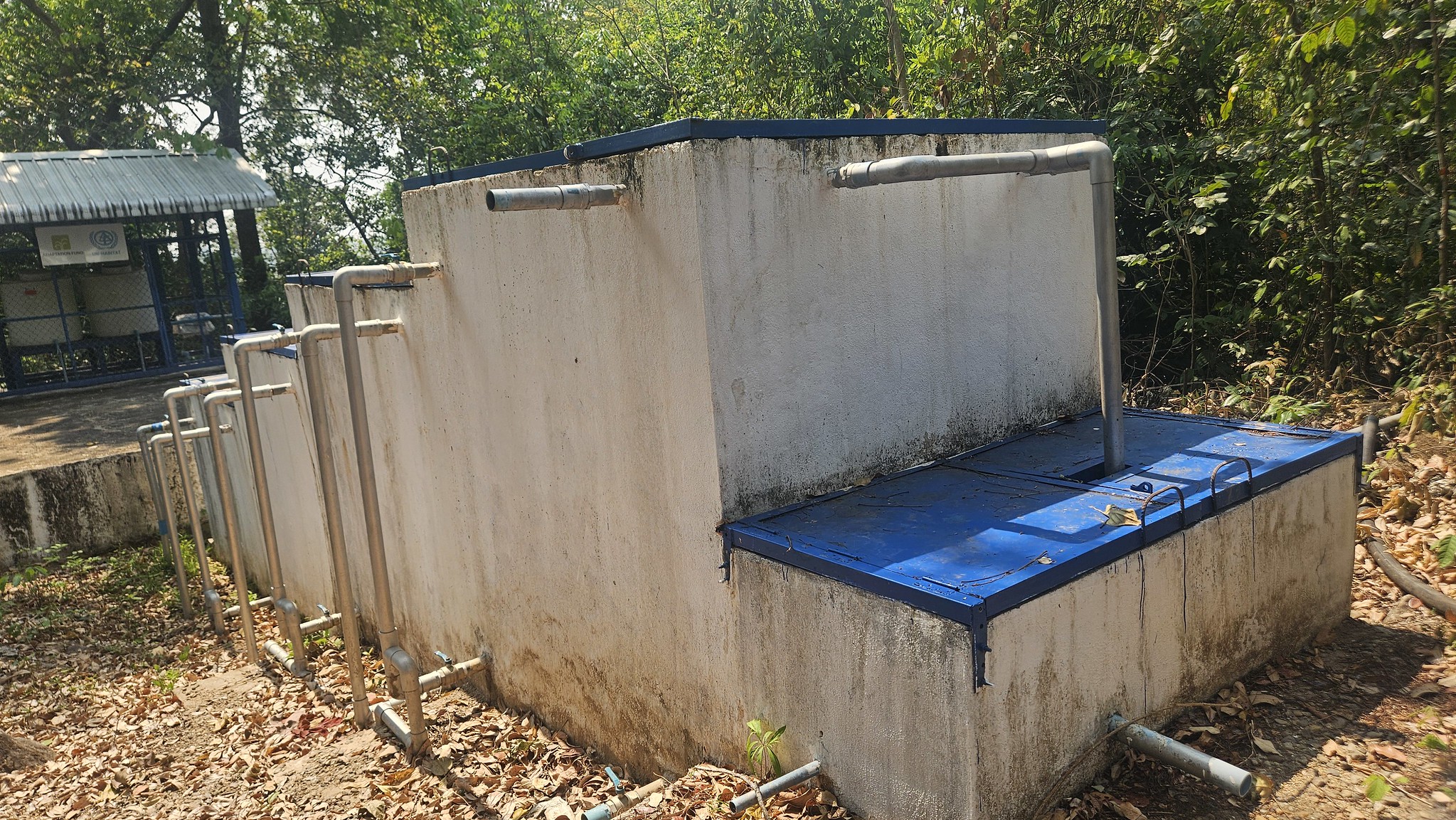
Water supply system in Sanxay, Attapeu Province
Villages now have water management groups and local climate action plans to guide long-term adaptation. These tools help ensure they can respond to future droughts and floods with resilience rather than reliance.
“When this project came to our village, we didn’t just receive it, but we helped shape it,” says Mr. Phoumee Kaeoboualapha, a village leader in Sanxay. “We gathered data, consulted families, and made sure everyone’s voice was heard.”
A Blueprint for Climate-Resilient Development
The emphasis on local capacity building has created ripple effects that extend beyond water access. These efforts are already attracting new climate finance and influencing national strategies on water and adaptation.
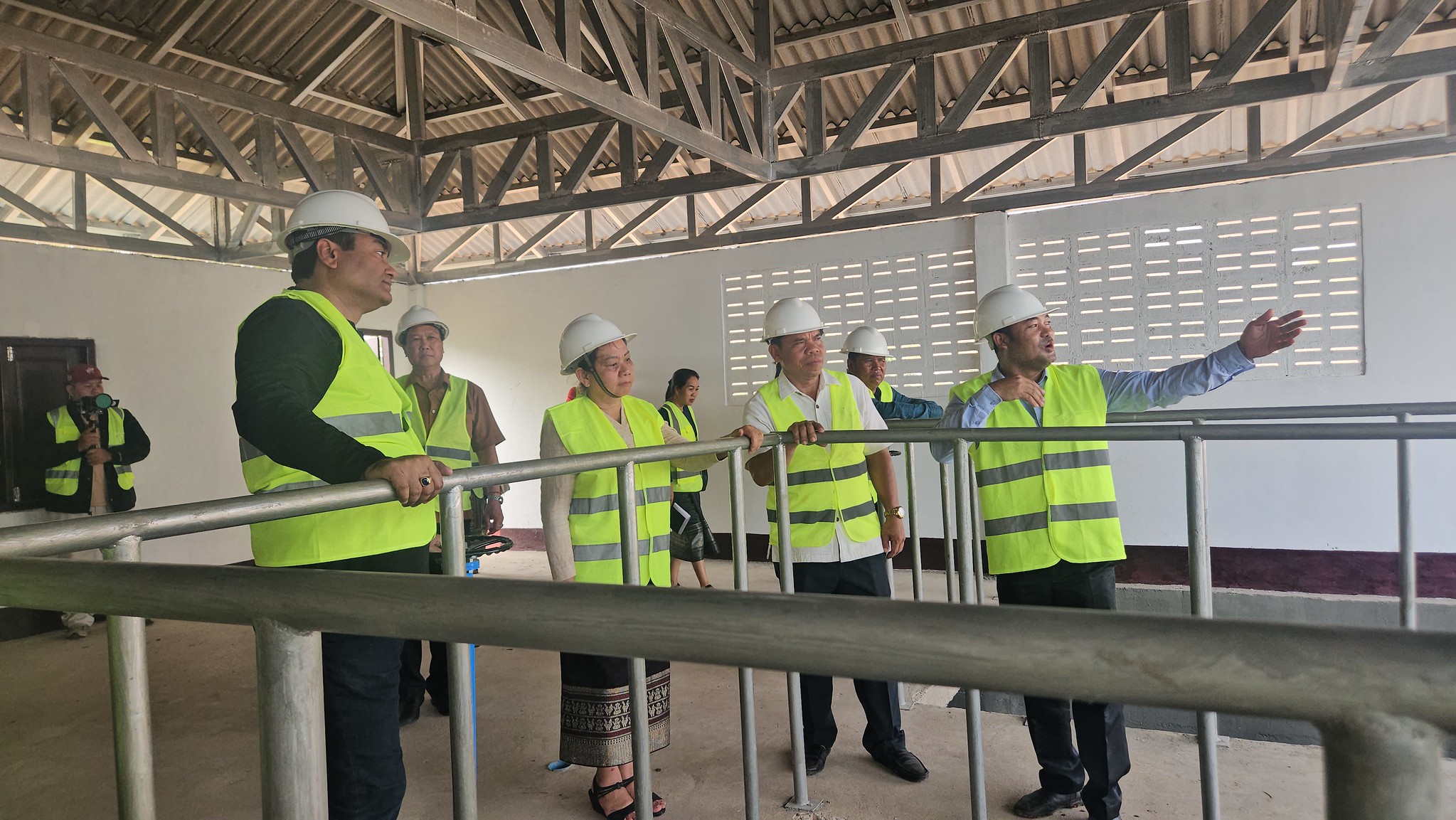
Ms. Davone Xaisoulian, District Governor of Sayphouthong, joins technicians to inspect the operation of the local water treatment plant, ensuring it meets community needs and functions effectively.
“These projects lay a strong foundation for future programming,” says Mr. Justice Musah, Climate Change Specialist at the Adaptation Fund. “They’re advancing Lao PDR’s development goals while showing how climate finance can work at the community level.”
In Sayphouthong District, a region long vulnerable to the disruptive forces of flooding and drought, District Governor Ms. Daovone Saysoulian views the water project as a pivotal moment.
“This is an exceptionally important initiative for our socio-economic progress,” she said. . “It brings immense convenience, particularly for women, empowering them to advance and thrive. I have witnessed their enthusiastic involvement firsthand; it is truly an excellent project.”
She envisions the positive impacts extending to local businesses and tourism, further bolstering the regional economy and enhancing livelihoods for all.
Across southern Lao PDR, communities once burdened by water scarcity are now building lasting resilience. They are confronting future environmental challenges through water solutions that are locally owned, managed, and sustained.
Their story highlights the vital role of local leadership of people, their ideas, and their vision. It offers a powerful possibility for the billions worldwide still without access to safe drinking water: true resilience is most effective when it grows from the ground up, rooted in community ownership and initiative.
As Musah put it, “Water is not just water. Water is life.”
Visit the photo album to see how community-first water solutions in Lao PDR are driving climate resilience.



